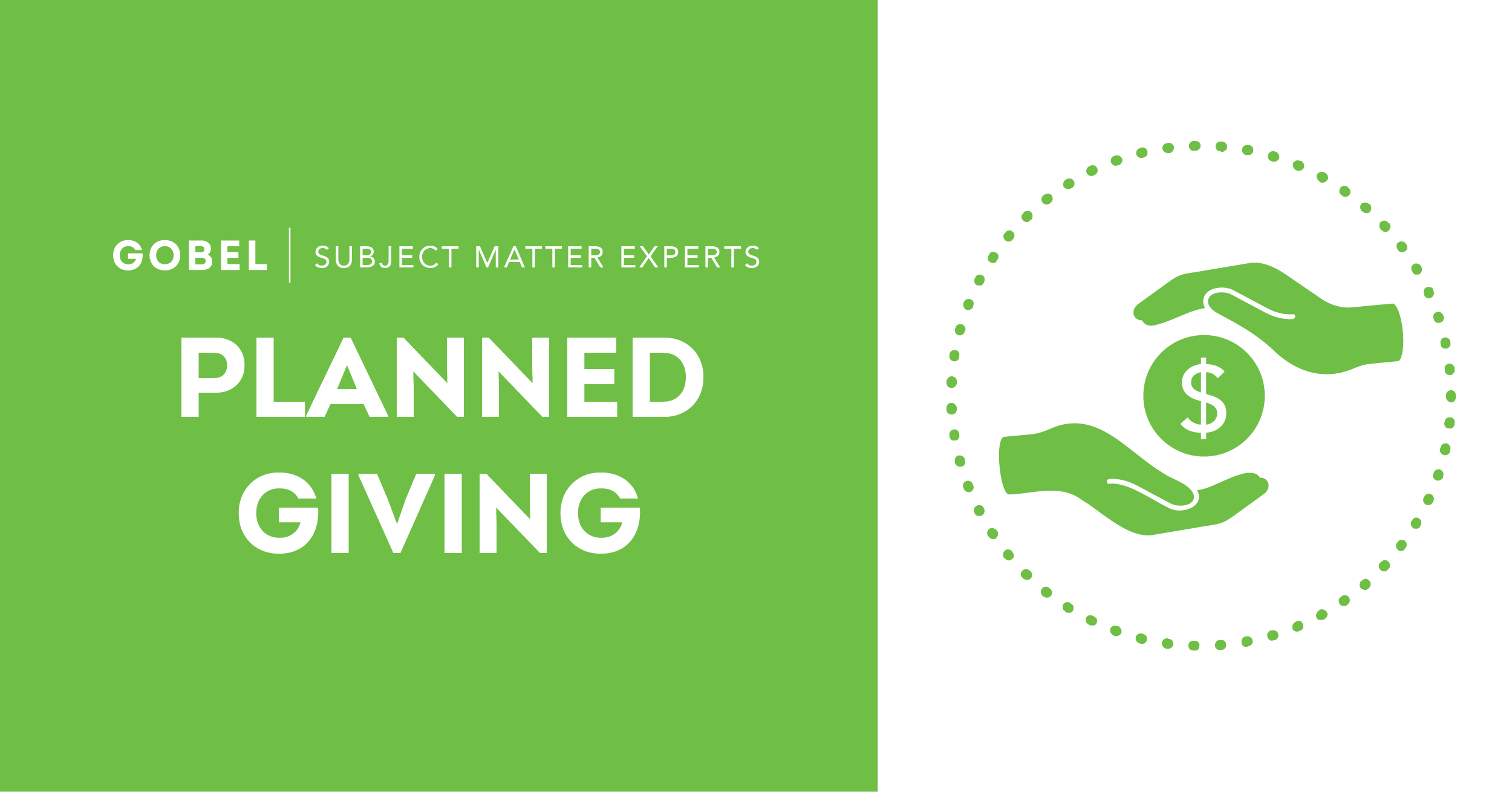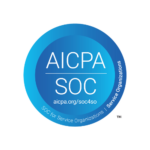
GOBEL Subject Matter Expert Blog: What is Planned Giving? Or is it Gift Planning?
By Fritzie Dizon
Director of Estate and Gift Planning, The Scripps Research Institute
One of the biggest misconceptions about planned giving is that it’s about “death and taxes.” While a candid discussion on tax implications and end-of-life planning is one piece of the conversation, planned giving goes beyond the scope of these topics. Besides, what fundraiser wants to talk to their donor about death and taxes? My hope is that this post — and future posts — will debunk common misconceptions, and equip fundraisers with tools, tips, and information to leverage the power of planned giving to scale up their fundraising efforts.
For instance, you may not know that planned giving:
- empowers donors to make significantly larger gifts to charity, with more lasting impacts than they could through outright giving alone.
- enables donors to be more comprehensive and strategic in planning their legacy by including their philanthropic, family, business, and retirement in a complete estate plan.
- provides solutions for donors juggling competing interests in their lives; for example, they can generate income for a family member or loved one AND provide a substantial gift to charity AND minimize their tax burden.
Before we dive into some tactical strategies for incorporating planned giving into your organization’s fundraising efforts, let’s take a step back and talk about what planned giving is. First, the fundraising initiative also referred to as “gift planning,” “legacy giving” or “deferred giving.” I appreciate a more holistic definition, as defined by plannedgiving.com, which defines a planned gift as “any major gift, made in lifetime or at death as part of a donor’s overall financial and/or estate planning. These include gifts of equity, life insurance, real estate, personal property, or cash.”
Common examples of planned gifts can include:
- bequests where a donor leaves money/assets to a charity in their will (the most common and popular beneficiary designation), where a charity inherits part or all of a retirement account after the donor passes away.
- individual retirement account qualified charitable distributions (IRA QCDs) where a donor transfers money to a charity from a retirement account during their lifetime.
- charitable gift annuities and charitable remainder trusts (also referred to as CGAs and CRTs, which are both types of life income gifts) where largely a donor gives money to a charity in exchange for the charity paying them a set amount of money every year.
- transferring of appreciated assets like stock and real estate.
Did you know that the United States Census estimates that 97% to 99% of wealth is held in non-cash assets? Planned giving has the ability to tap into these larger reserves of wealth from a donor. Further, according to research conducted by Dr. Russell James, nonprofits that actively encourage and accept non-cash assets display revenue growth 66% higher than those that only accept gifts of cash. Have we made the case on the power of planned giving yet?
Before you get overwhelmed with the technical words and acronyms, know that you do not have to be an expert to start accepting planned gifts at your organization. Nor do you need to be an attorney! Here are some quick wins to deploy, especially when starting a planned giving program:
- Have a way for your donors to self-identify their interests or their intentions to your organization. For example, add fields on websites, emails, and direct mail for donors to say they have included your charity in their estate is an easy way to start.
- Make sure you have the basic infrastructure to accept bequests and trust/estate distributions. Ensure the funds are directed as the donor intended, and send an acknowledgement to the appropriate individual upon receipt of the estate distribution. (This will likely be to the executor of the donor’s estate.)
- Be able to pick up on conversational cues with prospective donors, and give them the information they need in order to make an informed decision. This can include having general bequest language for your nonprofit at the ready to share if requested.
- There are tons of resources available to you throughout your journey. Some of the ones I have found most helpful have been through the National Association of Charitable Gift Planners https://charitablegiftplanners.org/, its local/regional chapters, and a number of great planned giving marketing vendors available to assist you with your needs, large and small.
Part of what I love about planned giving is how donor centered it can be. If done right, we are helping our donors identify the funding opportunities that mean the most to them, to help them make a gift in the most impactful way possible using a gift vehicle that makes most sense for them, by maximizing the tax benefits for their specific life stage or scenario. And that’s all happening while we leverage additional sources of revenue from planned gifts to continue the good work our organizations are doing now and in the years to come.
—-
Estate planning needs will differ based on personal circumstance and applicable state and federal laws. The information provided here is for educational purposes only and is not intended to provide and should not be construed as providing legal or tax advice. This is general information and should not intended to serve as the primary basis for tax-planning or investment decisions and is not a substitute for the advise from an attorney or financial advisor.
ABOUT GOBEL SUBJECT MATTER EXPERTS: GOBEL Subject Matter Experts are healthcare philanthropy professionals working in some of the top shops in the country, sharing best practices and insights. For more information about GOBEL’s Subject Matter Expert program, or to suggest a topic for coverage, email erezsnyak@gobelgroup.com.

ABOUT THE AUTHOR:
Fritzie Dizon is the Director of Estate and Gift Planning at Scripps Research in La Jolla, California. Fritzie began her career in fundraising as a Development Assistant in Principal Gifts at UC San Diego and then at the Birch Aquarium at the Scripps Institution of Oceanography. Before joining the team at Scripps Research, Fritzie worked with the Office of Gift Planning at Columbia University and Columbia University Irving Medical Center for 9 years. During her time with Columbia, Fritzie honed her knowledge in planned giving and learned to appreciate its impact and power in philanthropy. Her involvement in two campaigns at Columbia University provided unique experiences in the role of planned gifts as it relates to strategic planning, operations, donor relations and marketing.
Fritzie is a graduate of UC Irvine with a degree in Environmental Analysis and Design. She is also a graduate of the Nonprofit Management Graduate Program at the School of Professional Studies at Columbia University. Over the last five years she has also served as an Adjunct Associate Instructor for the School of Professional Studies at Columbia for the Marketing Strategies and Introduction to Planned Giving courses.
When Fritzie isn’t working, traveling, or reading on the beach, she enjoys being an auntie to her four nieces and nephews (her favorite role!).
